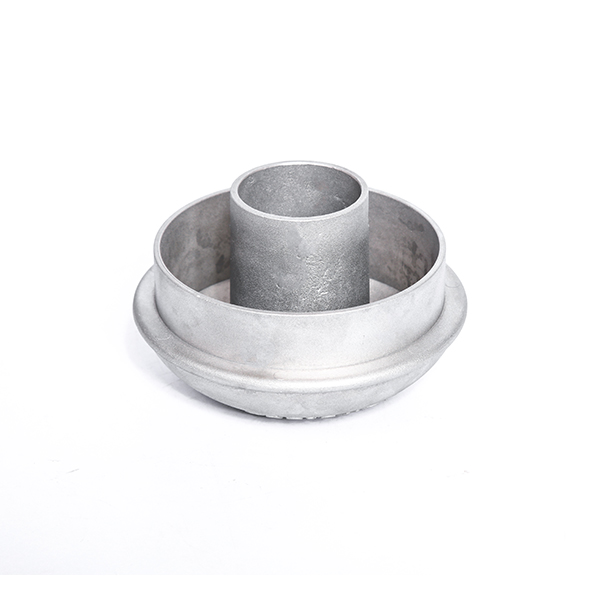Mobile:+86-311-808-126-83
Email:info@ydcastings.com
Aluminum Continuous Casting Process
The Advancements and Benefits of Aluminum Continuous Casting
Aluminum continuous casting is an advanced industrial process that has significantly revolutionized the production of aluminum products. This method allows for the efficient and cost-effective manufacturing of aluminum shapes, enhancing both the speed and quality of production. Unlike traditional casting methods that involve pouring molten aluminum into molds, continuous casting involves a continuous flow of molten aluminum through a series of rollers or molds, facilitating the production of intermediate or final products with uniform dimensions and properties.
One of the primary advantages of aluminum continuous casting is its higher efficiency compared to conventional casting methods. The continuous operation minimizes material waste and maximizes yield, as the process eliminates the need for multiple mold setups and reduces the time taken for cooling and solidification. Continuous casting can produce large lengths of aluminum products in one uninterrupted process, streamlining the production line and reducing labor costs.
Another significant benefit of this method is the superior quality of the finished products. Continuous casting allows for better control over the alloy composition and temperature of the molten aluminum, leading to more homogeneous materials with fewer defects. This uniformity plays a crucial role in applications that demand strict mechanical properties and surface quality, such as in the automotive, aerospace, and electronics industries. Additionally, the fine microstructure obtained through this process often results in improved performance characteristics, such as increased strength, corrosion resistance, and machinability.
aluminum continuous casting

Moreover, aluminum continuous casting aligns well with sustainability initiatives within the industry. As manufacturers face increasing pressure to reduce their environmental footprint, continuous casting provides an opportunity for more sustainable practices. The efficient use of raw materials contributes to reduced energy consumption, and the ability to produce aluminum products with fewer defects leads to lower scrap rates. Furthermore, aluminum is a highly recyclable material, and continuous casting supports recycling processes by allowing for the use of recycled aluminum feedstock. This closed-loop system is crucial for achieving sustainability goals and reducing greenhouse gas emissions.
Innovation in technology has also propelled the continuous casting process forward. The advent of advanced control systems and monitoring technologies has enhanced the precision and efficiency of continuous casting operations. Automated systems can consistently regulate parameters such as pouring speed, cooling rates, and alloy compositions, ensuring high-quality outputs. In addition, the integration of artificial intelligence and data analytics has paved the way for predictive maintenance practices, allowing manufacturers to minimize downtime and optimize production schedules.
In conclusion, aluminum continuous casting represents a significant advancement in manufacturing technology, offering a multitude of benefits that meet the growing demands of various industries. Its potential for greater efficiency, superior product quality, and environmental sustainability positions continuous casting as a key player in the future of aluminum production. As technology continues to evolve, it is likely that continuous casting will expand its applications and contribute further to the development of innovative and sustainable aluminum products. By embracing these advancements, manufacturers can not only enhance their competitiveness but also align with the global push for more responsible and efficient production processes.
-
Understanding Metal Casting TechniquesNewsApr.02,2025
-
Understanding Exhaust Manifolds for Enhanced Engine PerformanceNewsApr.02,2025
-
The World of Metal FabricationNewsApr.02,2025
-
Key Components for Pump and Turbo EfficiencyNewsApr.02,2025
-
Essential Tools for Automotive Maintenance and RepairNewsApr.02,2025
-
Durable Valve Components for Effective Water ManagementNewsApr.02,2025











